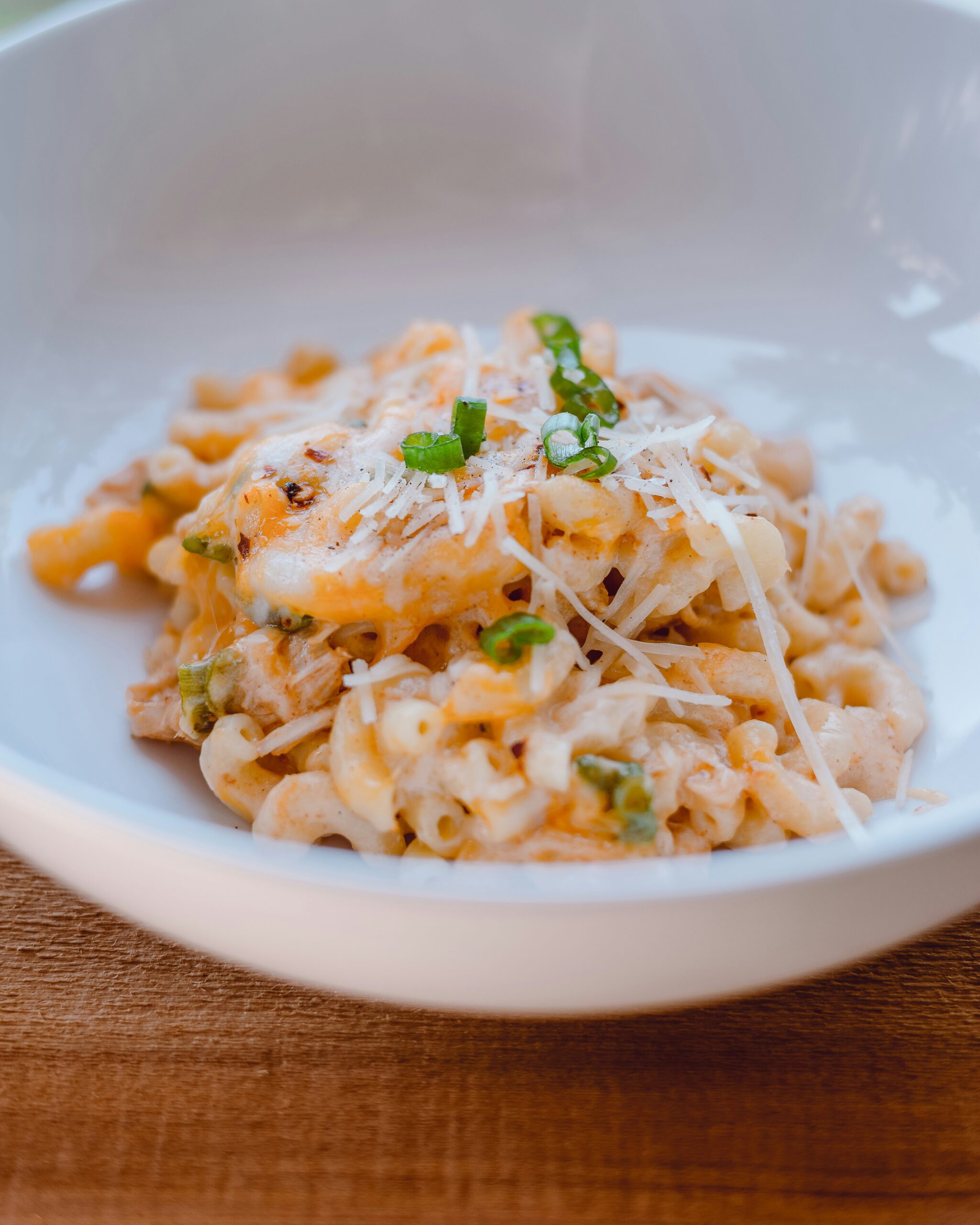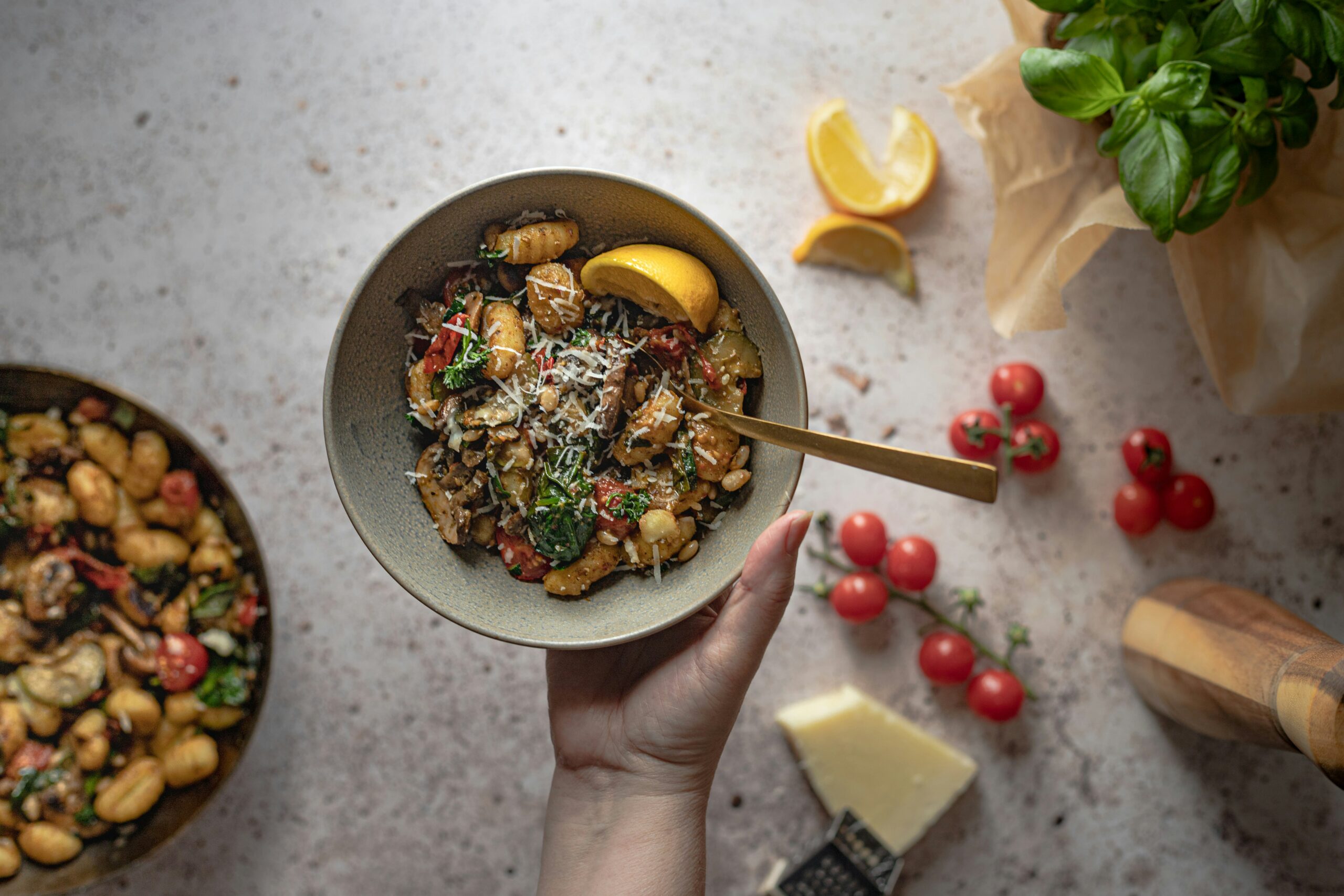Imagine a world where every bite we take fills us with warmth and contentment, reminding us of a simpler time. This is the magic of comfort food. But what exactly is comfort food? Is it a specific dish or a feeling evoked by food? In this article, we will explore the concept of comfort food, its roots, and the undeniable joy it brings to our lives. So grab a cozy blanket, settle in, and prepare to embark on a delicious journey into the heart and soul of comfort food.
Definition of Comfort Food
Explanation of comfort food
Comfort food refers to certain types of dishes or meals that evoke feelings of warmth, nostalgia, and emotional well-being. These foods are typically indulgent, rich in flavor and often associated with positive memories or experiences. They provide a sense of solace and comfort, hence the term “comfort food.”
Different interpretations of comfort food
Comfort food can vary greatly from person to person, as different individuals have their own unique experiences and associations with certain foods. What one person considers as comforting may not have the same effect on another. The interpretation of comfort food is highly subjective and can range from traditional homemade dishes passed down through generations to favorite treats enjoyed during childhood. It can also encompass a wide variety of cuisines and flavors, depending on one’s cultural background and personal preferences.
Origins of Comfort Food
Historical background
The concept of comfort food is deeply rooted in our history and can be traced back to ancient times. Throughout history, people have turned to food for comfort during challenging and emotionally taxing periods. From ancient civilizations to medieval times, certain ingredients and dishes were sought after due to their ability to provide a sense of comfort and nourishment. For example, soups and stews were a popular choice during cold winters, as they provided warmth and a feeling of being cared for.
Omni-present nature of comfort food across cultures
Comfort food is not limited to a specific culture or geographical location. It is a universal phenomenon, with each culture having its own unique set of dishes that evoke feelings of comfort and emotional well-being. For example, macaroni and cheese is often considered a comfort food in Western cultures, while rice porridge (congee) holds the same significance in Asian cultures. The ubiquity of comfort food across cultures highlights its significance in providing solace and a sense of familiarity in times of need.

Role of Comfort Food in Emotional Wellbeing
Emotional ties to comfort food
Comfort food is closely intertwined with our emotions and can elicit a wide range of feelings. These foods often remind us of significant moments or people in our lives, such as a favorite meal cooked by a loved one or a dish enjoyed during a special occasion. As such, comfort food has the power to transport us back in time and evoke a sense of nostalgia and emotional connection.
Looking at ’emotional eating’
Emotional eating refers to the act of consuming food as a way to cope with or suppress certain emotions, such as stress, sadness, or loneliness. Comfort food plays a significant role in emotional eating, as it is often the food of choice when seeking solace or a temporary distraction from negative emotions. While emotional eating can provide temporary relief, it is important to develop healthier coping mechanisms in order to maintain emotional well-being in the long run.
How comfort food provides psychological comfort
Comfort food has a unique ability to provide psychological comfort. The act of indulging in favorite dishes can trigger the release of endorphins, the brain’s “feel-good” chemicals, leading to a temporary mood boost. Additionally, the familiarity and nostalgia associated with comfort food can create a sense of security and provide a much-needed escape from the stresses of daily life. This psychological comfort is often a source of solace during times of distress or uncertainty.
Psychological Aspects of Comfort Food
Effects on mood and emotion
Comfort food has been shown to have a profound impact on mood and emotion. Research suggests that certain types of comfort food, particularly those high in sugar and fat, can temporarily elevate mood by increasing the levels of serotonin, a neurotransmitter associated with feelings of happiness and well-being. However, it is important to note that the effects are temporary and excessive consumption may lead to negative health consequences.
Connection with memory and nostalgia
Comfort food is closely tied to memory and nostalgia, as certain foods have the power to transport us back to specific moments or experiences. The taste, aroma, and texture of comfort foods can trigger vivid memories, bringing forth a sense of familiarity, comfort, and emotional connection. This connection to our past can elicit a range of emotions, from joy and contentment to nostalgia and longing.
Comfort food and coping mechanism
For many individuals, comfort food serves as a coping mechanism during times of stress, anxiety, or sadness. The act of indulging in favorite dishes provides temporary relief and distraction from negative emotions, allowing individuals to momentarily escape their worries. However, it is important to recognize healthy coping mechanisms and seek support when needed, as relying solely on comfort food may contribute to unhealthy eating habits or emotional dependence on food.

Common Types of Comfort Foods
Universal comfort foods
Some comfort foods have become universal favorites, transcending cultural boundaries and gaining popularity worldwide. Examples of universal comfort foods include mashed potatoes, chocolate chip cookies, ice cream, pizza, and fried chicken. These dishes are often associated with feelings of comfort, coziness, and indulgence, making them beloved by many.
Cultural differences in comfort foods
While there are certain comfort foods that are universally enjoyed, each culture has its own unique set of comfort foods that hold special significance. In Asian cultures, for example, rice dishes such as fried rice or noodle soups such as ramen are often considered comfort foods. In Latin American cultures, dishes like empanadas or tamales provide a sense of comfort. The cultural differences in comfort foods reflect the diversity and richness of culinary traditions across the globe.
Comfort food variations based on personal experiences
Comfort food can also vary based on an individual’s personal experiences and preferences. For some, a simple bowl of chicken noodle soup may hold great significance, as it reminds them of their grandmother’s comforting presence. Others may find solace in a warm slice of apple pie, reminiscent of cherished memories shared with loved ones. These variations highlight the deeply personal and subjective nature of comfort food.
How Comfort Food Is Used in Popular Culture
Comfort foods in various media
Comfort foods often make appearances in popular culture, whether in movies, TV shows, or books. These iconic foods become symbols of comfort and evoke a sense of nostalgia for viewers and readers. For example, the famous scene in the movie “Ratatouille,” where the rat protagonist savors a spoonful of ratatouille, captures the essence of comfort food and its ability to transport us to a place of warmth and familiarity.
Celebrity comfort food favorites
Celebrities are no exception when it comes to comfort food cravings. Many public figures have openly shared their favorite comfort foods, providing a glimpse into their personal lives and culinary preferences. From Oprah Winfrey’s love for fried chicken to Chrissy Teigen’s affinity for macaroni and cheese, these comfort food preferences humanize even the most famous individuals, reminding us that these dishes hold a special place in everyone’s hearts.
Comfort food trends
Comfort food trends evolve over time, reflecting changing consumer preferences and culinary innovations. Traditional comfort foods are often reimagined to cater to modern tastes and dietary considerations. For instance, plant-based comfort foods have gained popularity as more individuals adopt vegan or vegetarian lifestyles. Additionally, fusion cuisine has introduced unique combinations of flavors and ingredients, offering new comfort food experiences for adventurous eaters.

Negative Implications of Comfort Food
Potential health risks
One of the significant concerns associated with comfort food is its potential impact on health. Many comfort foods are high in calories, saturated fats, and sugars, which can contribute to weight gain, obesity, and various health issues. While indulging in comfort food occasionally is not inherently harmful, excessive consumption can have negative consequences on one’s overall well-being.
The association with unhealthy eating habits
Comfort food is often associated with unhealthy eating habits, as individuals may turn to these foods as a way to cope with negative emotions or alleviate stress. Emotional eating can lead to a cycle of overeating, where individuals rely on comfort food to regulate their emotions instead of addressing the underlying causes of their emotional distress. This pattern can potentially lead to weight gain, disordered eating, and a negative relationship with food.
Understanding food addiction
For some individuals, comfort food can become a source of addiction. Certain foods, particularly those high in sugar and fat, can trigger reward centers in the brain and create a cycle of craving and consumption. This food addiction can lead to the loss of control around certain foods, detrimental impacts on physical and emotional well-being, and difficulty maintaining a balanced and healthy diet.
Positive Side of Comfort Foods
Comfort food and social bonding
Comfort food has a unique ability to bring people together and foster social bonds. Sharing a meal or cooking comfort food for loved ones creates an atmosphere of warmth, connection, and care. It serves as a catalyst for conversations, creating shared experiences and strengthening relationships. Comfort food can also serve as a source of comfort during challenging times, providing support and solace within a community.
Celebratory events and comfort food
Comfort food often takes center stage during celebratory events and holidays. These dishes become symbols of joy, abundance, and togetherness, emphasizing the importance of food in creating meaningful experiences. Whether it’s a Thanksgiving turkey, a birthday cake, or traditional dishes served during cultural festivities, comfort foods play a vital role in marking milestones and building cherished memories.
Use in alleviating stress and anxiety
Comfort food can be a source of relief during times of stress and anxiety. The act of indulging in favorite dishes can provide a temporary escape from everyday demands and offer a moment of respite. While it is important to develop healthier coping mechanisms for long-term emotional well-being, occasional indulgence in comfort food can provide a much-needed sense of comfort and relaxation.

Making Comfort Food Healthier
Tips for healthier alternatives to comfort food
For those seeking healthier alternatives to traditional comfort foods, there are various ways to create nutritious versions without compromising on flavor or satisfaction. Simple swaps like using whole grain or alternative flours, reducing sugar content, incorporating more vegetables, and experimenting with spices and herbs can transform comfort food classics into healthier options. Additionally, portion control and mindful eating practices can help maintain a balanced approach to enjoying comfort food.
Balancing comfort food and healthy eating
Finding a balance between indulging in comfort food and maintaining a healthy diet is essential for overall well-being. Incorporating a variety of nutrient-dense foods into one’s daily meals and practicing moderation when enjoying comfort food can help strike this balance. It is important to listen to one’s body, honor cravings, and make informed choices that support both physical and emotional health.
Healthy recipes for popular comfort foods
The availability of healthy recipes for popular comfort foods has increased in recent years, catering to individuals seeking nutritious alternatives. From cauliflower crust pizza to avocado chocolate mousse, these healthier variations offer creative and delicious options for those looking to indulge in their favorite comfort foods without compromising their dietary goals. Online platforms and cookbooks dedicated to healthier comfort food recipes provide a wealth of ideas and inspiration.
Role of Comfort Food in the Food Industry
Comfort food in the restaurant sector
Comfort food has a prominent place in the restaurant industry, with many establishments specializing in serving nostalgic, familiar dishes. These restaurants often aim to replicate the comforting experience of homemade meals, providing a sense of nostalgia and warmth to customers. By tapping into people’s emotional connection with comfort food, restaurants can create a unique dining experience that resonates with customers and keeps them coming back.
Comfort food and fast food chains
Fast food chains have long recognized the appeal of comfort food and have incorporated these dishes into their menus. Items like hamburgers, french fries, and milkshakes evoke a sense of comfort and satisfaction, making them popular choices for consumers seeking a quick and indulgent meal. However, the accessibility and affordability of fast food can contribute to unhealthy eating habits if consumed excessively.
Comfort food products in grocery stores
Comfort food products are widely available in grocery stores, catering to the demand for convenient and familiar meal options. Frozen pizzas, macaroni and cheese boxes, and instant noodles are just a few examples of comfort foods that can be easily purchased and prepared at home. While these products offer convenience, it is important to be mindful of their nutritional content and consider healthier alternatives or homemade versions whenever possible.
In conclusion, comfort food holds a special place in our lives, providing solace, nostalgia, and emotional well-being. Throughout history and across cultures, people have turned to certain dishes as a way to find comfort in times of need. While comfort food can have negative implications on our health and eating habits if consumed excessively, it also serves as a source of joy, connection, and celebration. By understanding the psychological, cultural, and culinary aspects of comfort food, we can appreciate its role in our lives and make choices that support both our physical and emotional well-being.


